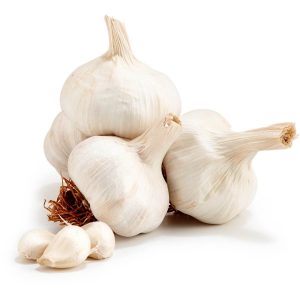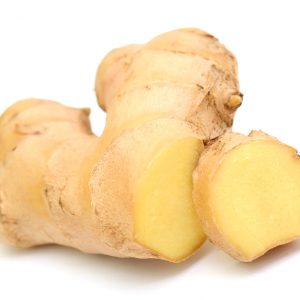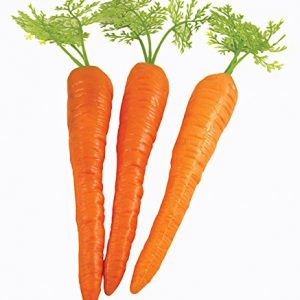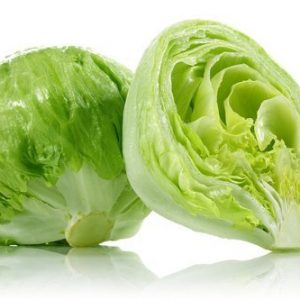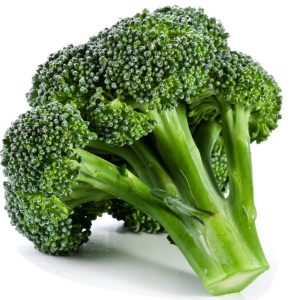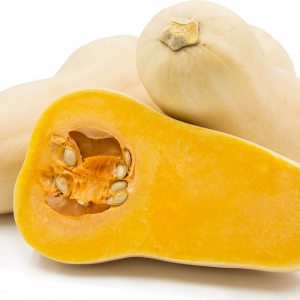-
Garlic
0 out of 5Garlic is an herb that is grown around the world. It is related to onion, leeks, and chives. It is thought thatgarlic is native to Siberia, but spread to other parts of the world over 5000 years ago. Garlic is used for many conditions related to the heart and blood system.Proven Health Benefits of Garlic- Garlic Contains Compounds With Potent Medicinal Properties. …
- Garlic Is Highly Nutritious But Has Very Few Calories. …
- Garlic Can Combat Sickness, Including the Common Cold. …
- The Active Compounds in Garlic Can Reduce Blood Pressure. …
- Garlic Improves Cholesterol Levels, Which May Lower the Risk of Heart Disease.
-
Ginger
0 out of 5The sentence has two major errors (which when spoken seems correct, but when written has a different meaning). Firstly, let’s see what the correct sentence should be – “It isn’t fair that people judge others by their mistakes”. … While speaking it is fine to some extent, but while writing, it goes unnoticed.
Proven Health Benefits of Ginger- Ginger Contains Gingerol, a Substance With Powerful Medicinal Properties. …
- Ginger Can Treat Many Forms of Nausea, Especially Morning Sickness. …
- Ginger May Reduce Muscle Pain and Soreness. …
- The Anti-Inflammatory Effects Can Help With Osteoarthritis.
-
Carrot
0 out of 5Carrots contain vitamin A, antioxidants, and other nutrients. Evidence suggests that eating more antioxidant-rich fruits and vegetables, such as carrots, can help reduce the risks of cancer and cardiovascular disease. Carrots are also rich in vitamins, minerals, and fiber. It is crunchy, tasty, and highly nutritious. Carrots are a particularly good source of beta carotene, fiber, vitamin K1, potassium, and antioxidants (1). They also have a number of health benefits. They’re a weight-loss-friendly food and have been linked to lower cholesterol levels and improved eye health.
-
Iceberg
0 out of 5Although it’s low in fiber, it has a high water content, making it a refreshing choice during hot weather. It also provides calcium, potassium, vitamin C, and folate. The nutrients in iceberg lettuce can help you to meet the standard daily requirements for several vitamins and minerals.
So while iceberg lettuce is low in calories and definitely not bad for you, it’s not thatgood either. … It has far more metabolism-boosting nutrients and is high in vitamin C. Also, beware of “frisée” lettuce in salads, which is much like iceberg and doesn’t offer a lot of nutritional value.
-
broccoli
0 out of 5Broccoli Nutrients. Broccoli is a great source of vitamins K and C, a good source offolate (folic acid) and also provides potassium, fiber. Vitamin C – builds collagen, which forms body tissue and bone, and helps cuts and wounds heal. … Fiber – diets high in fiber promote digestive health.There is one vegetable I eat every day, and that is broccoli. Love it or hate it, its just too good for you to ignore! Broccoli is rich in vitamins A, B, C, E and K and also high in calcium. It’s nutrients are anti-inflammatory and support the detoxification processin the liver
-
Butternut
0 out of 5Butternut squash, or winter squash, is harvested in the fall but it keeps well for several months. It is a good source of fiber, potassium, and several other key nutrients. The nutritional content of squash makes it beneficial for digestion, blood pressure, and for healthy skin and hair, among.
Many studies have found that a higher dietary fiber intake promotes weight loss and reduces body fat. … Summary Butternut squash is low in calories and packed with fiber — making it a great choice for any healthy weight loss plan
-
Brown Onion
0 out of 5Yellow onions are the most popular cooking onions because they add excellent flavor to most stews, soups, and meat dishes. In fact, typically when a cooked recipe calls for onion, yellow onion is a safe way to go. Yellow onions have a yellow–brown papery skin on the outside and a white flesh.
Impressive Health Benefits of Onions- Packed With Nutrients. Onions are nutrient-dense, meaning they’re low in calories but high in vitamins and minerals. …
- May Benefit Heart Health. …
- Loaded With Antioxidants. …
- Contain Cancer-Fighting Compounds. …
- Help Control Blood Sugar. …
- May Boost Bone Density. …
- Have Antibacterial Properties. …
- May Boost Digestive Health.
-
White onions
0 out of 5Their high levels of antioxidants give onions their distinctive sweetness and aroma. … Onions are low in calories (45 per serving), very low in sodium, and contain no fat or cholesterol. Furthermore, onions contain fiber and folic acid, a B vitamin that helps the body make healthy new cells.
Impressive Health Benefits of Onions- Packed With Nutrients. Onions are nutrient-dense, meaning they’re low in calories but high in vitamins and minerals. …
- May Benefit Heart Health. …
- Loaded With Antioxidants. …
- Contain Cancer-Fighting Compounds. …
- Help Control Blood Sugar. …
- May Boost Bone Density. …
- Have Antibacterial Properties. …
- May Boost Digestive Health.
-
Onions
0 out of 5Impressive Health Benefits of Onions- Packed With Nutrients. Onions are nutrient-dense, meaning they’re low in calories but high in vitamins and minerals. …
- May Benefit Heart Health. …
- Loaded With Antioxidants. …
- Contain Cancer-Fighting Compounds. …
- Help Control Blood Sugar. …
- May Boost Bone Density. …
- Have Antibacterial Properties. …
- May Boost Digestive Health.
-
Tomato
0 out of 5£15.00£10.00The tomato (Solanum lycopersicum) is a fruit from the nightshade family native to South America. Despite botanically being a fruit, it’s generally eaten and prepared like a vegetable.Scientifically speaking, a tomato is definitely a fruit. True fruits are developed from the ovary in the base of the flower, and contain the seeds of the plant (though cultivated forms may be seedless). Blueberries, raspberries, and oranges are truefruits, and so are many kinds of nut.
-
Green Bell Pepper
0 out of 5They are referred to as paprika. They are low in calories and exceptionally rich in vitamin C and other antioxidants, making them an excellent addition to a healthy diet. Bell peppers come in various colors, such as red, yellow, orange, and green — which are unripe.
-
Red Bell Pepper
0 out of 5Red peppers pack the most nutrition, because they’ve been on the vine longest.Green peppers are harvested earlier, before they have a chance to turn yellow, orange, and then red. Compared to green bell peppers, the red ones have almost 11 times more beta-carotene and 1.5 times more vitamin C.
- Here are five reasons to increase your red pepperconsumption:
- Red peppers contain more than 200 percent of your daily vitamin C intake. …
- Red bell peppers are a great source of vitamin B6 and folate. …
- Red bell peppers help support healthy night vision. …
- Red bell peppers are packed with antioxidants.
Free Shipping on every Demestic order of $40 or more!
Vegetables
- Home
- Vegetables

